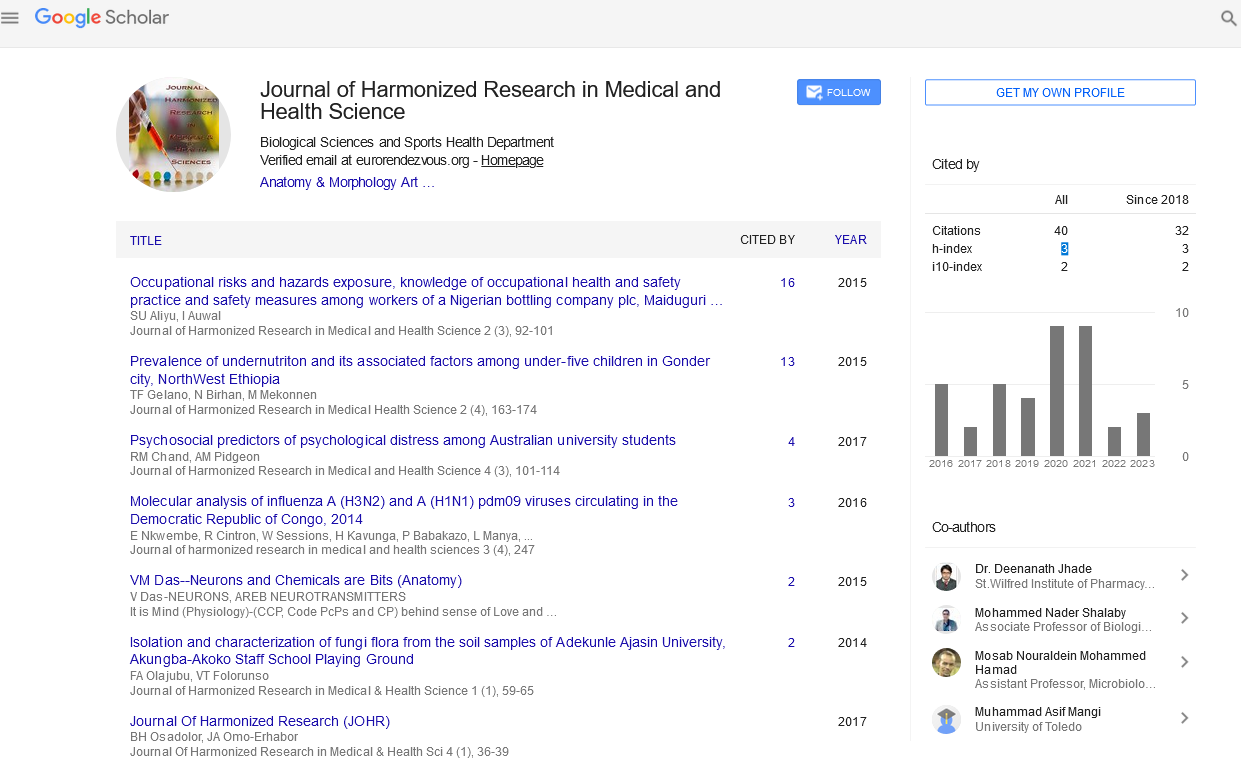THE EFFECTIVENESS OF MEDIA PROGRAMMES ON HIV AND AIDS IN SWAZILAND
Abstract
Author(s): Siphepho Jameson S.; LukheleLungile; Dlamini SabeloV.; F. Shabalala-Zwane and Hlophe Londiwe D.
Awareness creation through media campaigns has been part of key HIV interventions in the last twenty six years in Swaziland. This article is based on the findings of a mixed methods study that evalua ted the coverage, preference and effectiveness of broadcast media campaigns on HIV and AIDS. A researcher-administered questionnaire was used to collect quantitativedata from 400 conveniently sampled respondents from sixteen chiefdoms in eight Tinkhundla (constituencies) from all four regions of the country, while qualitative data were collected through focus groups discussions using a topic guide. A majority were in the rural areas (94%), were females (76%) and were unemployed (73%). Most (66%) had radio only in their homes, while 27% had both television and radio. Among the 27%, most (96%) preferred watching television than listening to radio. Respondents (96%) were aware of the HIV and AIDS programmes and 98% liked the programmes. However, only half of the respondents reported being comfortable with current airing times of the programmes. The study revealed high coverage, listenership, awareness and appreciation of the HIV and AIDS. Improvement in awareness and knowledge has reportedly resulted in adoption of safer social and sexual behaviour as a result of the media campaigns among respondents. To increase reach and coverage, airing time need to be changed to primetime. Key words: Awareness, Broadcast media, Coverage, HIV AND AIDS, Swaziland










